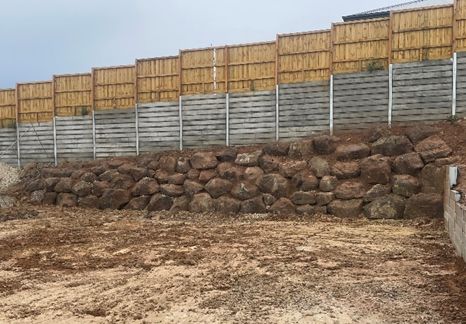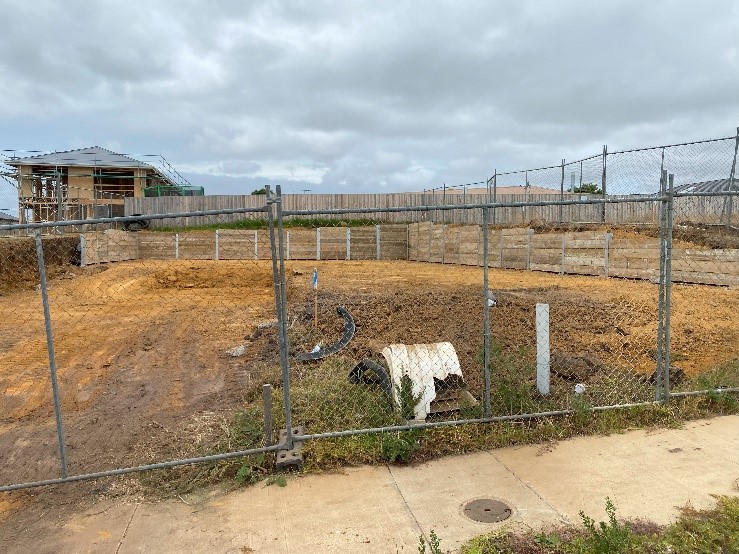Building Materials Used in Retaining Wall Construction
The most popular building materials used in natural stone retaining walls are granite, limestone and concrete blocks. Granite is durable and impervious to the elements, making it ideal for creating strong and aesthetically pleasing retaining walls. Limestone, on the other hand, adds a more rustic charm to a space, but typically requires mortar to hold it in place. Finally, concrete blocks offer a more uniform appearance but often have less variety in terms of colour options compared to granite or limestone. For those looking for a lower cost option, there has been much debate on whether recycled materials such as railroad ties and tyres should be used to construct retaining walls. On one hand, using reused materials can save money and reduce waste. However, proponents of the argument argue that while they may seem cheaper initially, they require more maintenance over time and don’t possess many of the same beneficial properties as natural materials when it comes to things like strength and longevity. At the end of the day, the decision about which building material to use for any type of retaining wall will depend largely on one’s budget and aesthetic preference. Whether it be natural stone, concrete block or even recycled materials like railroad ties or tyres – each material brings its own set of benefits and drawbacks that should be taken into consideration before making any final decisions. No matter which building material is chosen for constructing a retaining wall, one thing remains certain – proper installation is key for ensuring that it lasts for years to come. With the right strategy and the correct materials in hand, homeowners can feel confident that their retaining wall will stand the test of time. As our discussion progress, we’ll move forward with exploring different types of walls built with soil and gravel reinforcement – which are becoming increasingly popular in recent years due to their affordability, ease of construction and eco-friendly nature.




